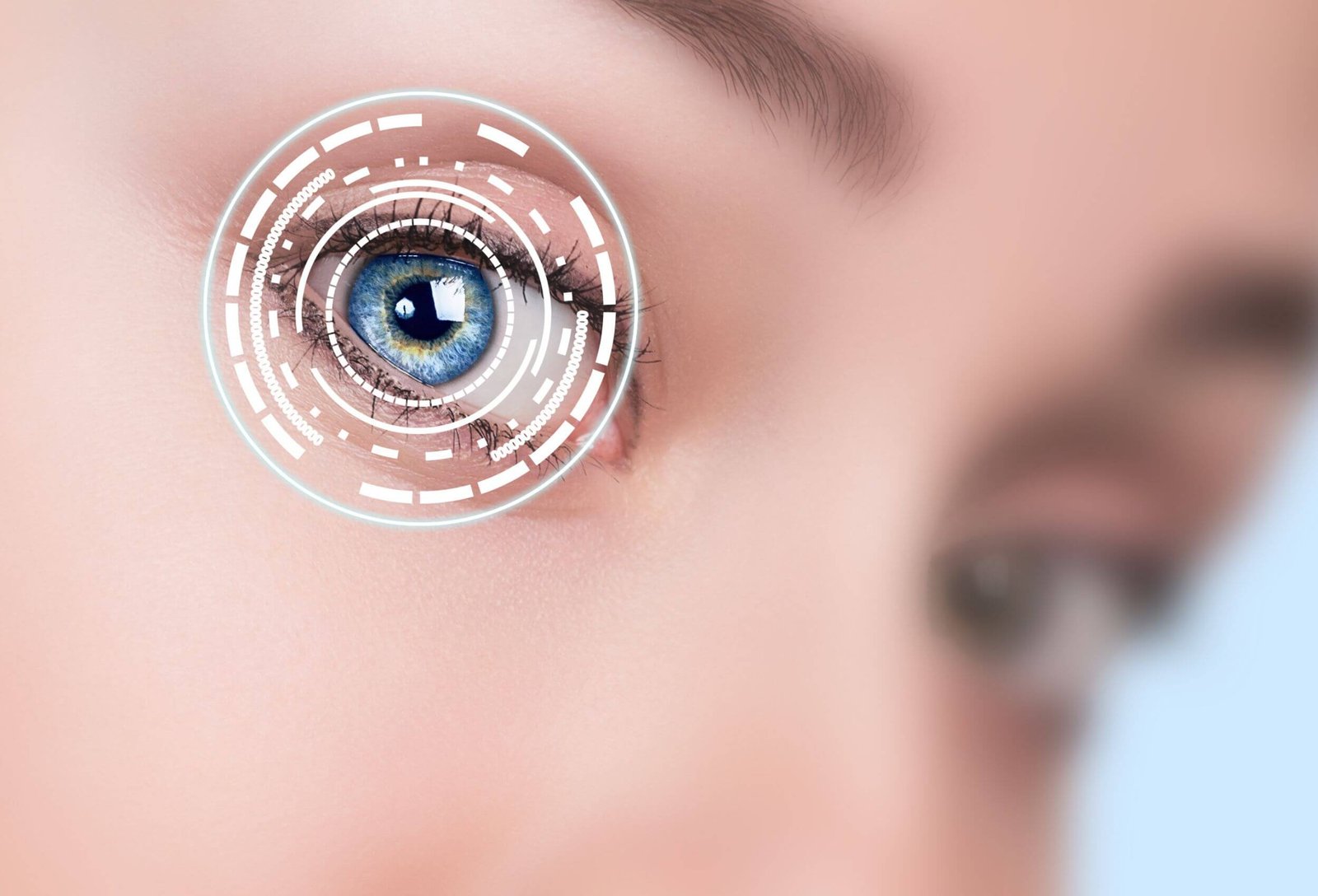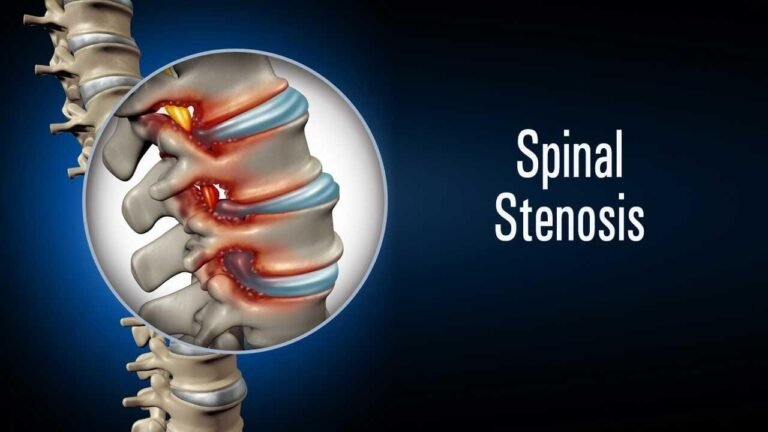Light Adjustable Lens Problems
When it comes to vision correction after cataract surgery, the Light Adjustable Lens (LAL) stands out as a promising innovation. Unlike traditional intraocular lenses (IOLs), this lens offers the unique ability to fine-tune vision after surgery through controlled exposure to UV light. While this flexibility is revolutionary, it also introduces new challenges that patients and surgeons must carefully consider. This post offers a clear, no-fluff breakdown of light adjustable lens problems based on clinical data, patient experiences and ophthalmologist reports.
What Is a Light Adjustable Lens (LAL)?
A Light Adjustable Lens is an advanced type of intraocular lens implanted during cataract surgery. Unlike standard IOLs that are fixed in power, LALs are made of a special photosensitive material. After implantation, a patient undergoes a series of light treatments using a UV delivery device to “lock in” their final prescription, offering the chance to optimize vision post-surgery.
But as advanced as this technology is, it’s not without its issues. Several light adjustable lens problems have been reported in clinical settings and real-world use cases.
Common Light Adjustable Lens Problems
Here’s a comprehensive overview of the most common challenges associated with Light Adjustable Lenses.
1. UV Sensitivity and Extended Recovery Time
One of the most reported issues is prolonged UV light sensitivity. Because LALs are responsive to ultraviolet light, patients must wear UV-blocking glasses at all times—indoors and outdoors—for several weeks or even months post-surgery until the lens is fully adjusted and “locked in.”
- Why it matters: This strict requirement limits daily activities, including screen time, outdoor walks, and driving. A missed moment without UV protection can lead to unintended lens changes, causing distorted vision.
- Patient experience: Many patients report frustration due to the inconvenience of constant eyewear, especially those who are active or work in environments with variable lighting.
2. Multiple Office Visits and Adjustment Burden
LALs require a minimum of 3 to 5 post-op visits for UV light treatments and sometimes more depending on how the eye responds.
- Why it matters: These sessions can become burdensome, especially for elderly patients, those who live far from their eye surgeon,or individuals with mobility issues.
- Clinical insight: According to studies, over 20% of patients may require additional visits beyond the average to achieve desired visual outcomes.
3. Risk of Over or Under-Correction
Although the light-tuning feature is designed to refine vision, it’s not always perfect.
- Reported issues: In some cases, patients experience overcorrection or undercorrection, even after the final UV treatment.
- Clinical data: The risk is higher among patients with pre-existing irregular astigmatism or previous refractive surgery, as fine-tuning may not fully correct complex refractive errors.
- Result: These patients may still need glasses or contact lenses post-treatment, defeating the primary selling point of LALs.
4. Not Ideal for All Eye Types
LALs are not recommended for certain patient populations.
- Exclusion factors:
- Advanced macular degeneration
- Severe dry eye syndrome
- Uncontrolled glaucoma
- History of herpes eye infections
- Why it matters: Patients with these conditions may experience poor lens performance, poor healing, or heightened inflammation risks.
5. Higher Cost and Limited Insurance Coverage
This is a significant concern, especially for seniors relying on Medicare or fixed incomes.
- Cost range: LALs can cost between $3,000 to $4,500 per eye, and that doesn’t include adjustment sessions or follow-up visits.
- Insurance barrier: Many insurance providers consider LALs “premium” lenses and do not cover them—leaving patients to pay out of pocket.
6. Potential for Visual Artifacts
Some patients report halos, glare, or starbursts, particularly in low-light conditions.
- Timing: These symptoms may arise during the adjustment period or persist after final light treatment.
- Cause: This can occur due to subtle imperfections in the lens shape during UV treatment or individual healing differences.
- Impact: Night driving and low-contrast environments become difficult, affecting quality of life.
7. Delayed Visual Clarity
Compared to traditional IOLs, LAL patients may experience slower visual recovery.
- Why: Since the final prescription isn’t set until weeks after surgery, patients often don’t reach stable vision for up to 6-8 weeks.
- Patient feedback: Many patients expect clearer vision immediately post-op. This delay can lead to dissatisfaction, especially for those who aren’t fully briefed on the timeline.
Light Adjustable Lens Problems vs. Traditional IOLs
| Feature | Light Adjustable Lens | Traditional Monofocal/Multifocal IOLs |
|---|---|---|
| Customization post-surgery | ✅ Yes | ❌ No |
| UV protection needed | ✅ Mandatory (up to 6 weeks or more) | ❌ Not required |
| Adjustment sessions required | ✅ 3–5 (or more) | ❌ None |
| Risk of prolonged recovery | ✅ Higher | ❌ Lower |
| Cost | ❌ High (out-of-pocket) | ✅ Usually covered by insurance |
| Visual side effects | ⚠️ Halos, glare, starbursts reported | ⚠️ Also possible but often milder |
| Suitability for all patients | ❌ Limited eligibility | ✅ More universally applicable |
Mitigating Light Adjustable Lens Problems
If you’re considering a LAL, there are steps you can take to reduce the likelihood of complications:
- Strictly adhere to UV-protection rules: Wear your UV-blocking glasses consistently, without exception.
- Choose an experienced surgeon: The success of LALs depends heavily on precision during both surgery and UV adjustments.
- Understand the timeline: Set realistic expectations about when you’ll achieve your best vision—typically several weeks post-surgery.
- Be financially prepared: Confirm the full cost, including any hidden fees for extra adjustments.
- Stay committed: This is not a “one-and-done” lens. It requires active participation from the patient throughout the adjustment process.
Who Should Consider LALs?
Despite the light adjustable lens problems, this technology can offer excellent outcomes for the right candidates:
- Patients highly motivated to reduce dependence on glasses
- Individuals without ocular comorbidities
- People willing and able to attend multiple follow up visits
- Those who understand and can manage the UV-protection commitment
Final Thoughts
Light adjustable lenses offer a promising future for personalized vision correction after cataract surgery. But as this article highlights the technology also comes with a distinct set of challenges. From strict UV protection and cost barriers to multiple follow up treatments and the potential for visual artifacts, patients must weigh the benefits against the light adjustable lens problems before committing.







